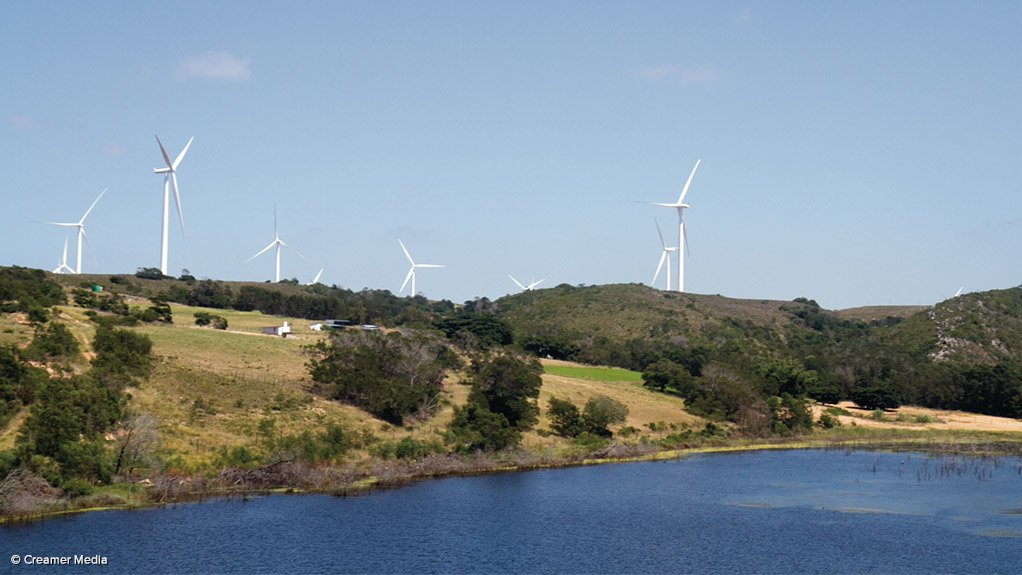Power Grid
WORLD BANK SETS TERMS FOR AFRICA TO WIN $40BN IN POWER FINANCE.
JUMA SULEIMAN

The World Bank and African Development Bank (AfDB) have unveiled the conditions African nations must fulfill to secure $40 billion in funding aimed at addressing the continent’s electricity challenges. Under the initiative, dubbed Mission 300, the two multilateral lenders are pledging $30 billion, with an additional $10 billion expected from private institutions. The program aims to provide electricity to 300 million Africans by 2030, focusing on expanding energy access and boosting economic development.
To qualify for the funding, participating countries are required to establish regulatory frameworks that attract private investment and commit to using the most cost-effective energy sources, primarily renewables. Thirteen nations are set to present their strategies at a high-level Mission 300 energy summit in Tanzania later this month. “Of the 680 million people globally without electricity access, 570 million live in sub-Saharan Africa,” noted Franz Drees-Gross, director of infrastructure for Western and Central Africa at the World Bank, highlighting the urgency of the initiative.
The program is designed to leverage support from private sector developers, financial institutions, sovereign wealth funds, and philanthropies. Countries are expected to hold competitive tenders for power generation projects and ensure that utility prices cover operational costs. Additionally, they must outline comprehensive plans to achieve universal energy access. Half of the 300 million people will be connected through national grid projects, while the other half will rely on off-grid technologies such as solar mini-grids.
The AfDB, committing $5 billion to the initiative, is collaborating with other institutions to create guarantees and financial mechanisms to mitigate investor risks. Key nations such as Nigeria, the Democratic Republic of Congo, Chad, and Ivory Coast will present their plans at the conference. According to the International Energy Agency, access to electricity across sub-Saharan Africa remains starkly uneven, ranging from 1% in South Sudan to 94% in South Africa. The program represents a significant effort to close these gaps and transform Africa's energy landscape.
